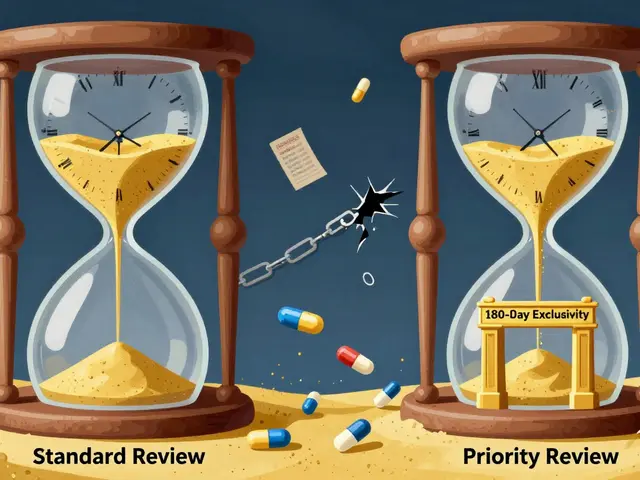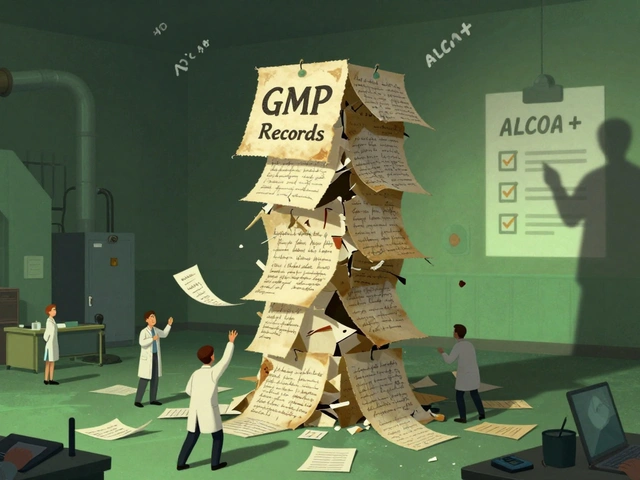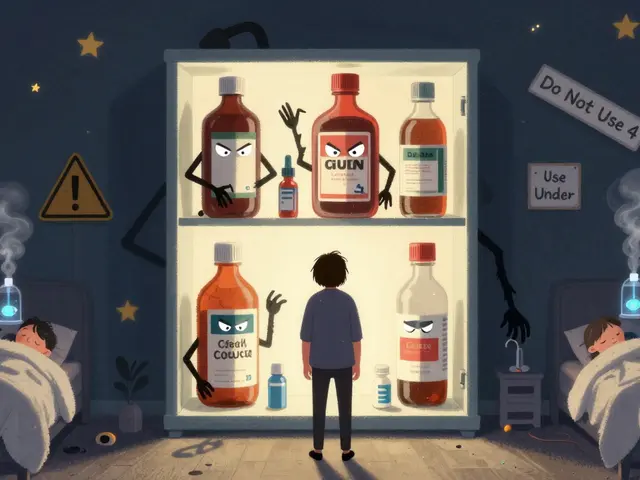Healthcare Affordability: Practical Ways to Cut Medical Costs
Medical bills can feel overwhelming, but small steps often save real money. Want to lower your next prescription or hospital bill? Use these practical moves that people actually use and that billing offices expect.
Start by comparing prices. Call multiple pharmacies or use price comparison tools to check drug costs; generics often cost a fraction of brand-name drugs. For routine meds, ask your prescriber about a 90-day supply through mail-order; higher-day supplies usually reduce per-dose cost. Use discount cards and apps, but verify final price at the counter—coupons don’t always beat cash prices.
Smart ways to handle bills
Don’t ignore an unexpected hospital bill. First, ask for an itemized statement so you see charges line by line. Call the hospital’s billing office and ask about a cash discount, early-pay reduction, or charity care; many hospitals have hardship programs you won’t hear about unless you ask. If you can’t pay, request a no-interest payment plan that fits your budget before late fees kick in.
Negotiation works. Point out errors, duplicate charges, or services you didn’t receive and ask for reductions. If the bill is large, mention financial hardship and ask to speak with a patient financial counselor—hospitals hire them to help patients lower balances or apply for aid.
Everyday choices that cut costs
Choose the right care setting. For non-life-threatening issues, urgent care or telehealth often costs much less than the emergency room. Preventive care like vaccinations and screenings may be free under your plan, so keep up with those to avoid bigger bills later. Use community health centers, sliding-scale clinics, and local clinics if you’re uninsured or underinsured.
For prescriptions, ask about pill-splitting if the medicine and dose allow it; splitting a higher-dose tablet can halve cost per dose. Enroll in manufacturer patient assistance programs for costly specialty drugs—many pharma companies help eligible patients free or at low cost. Also check state programs, community pharmacies, and non-profit organizations that run medicine banks.
Plan ahead: estimate out-of-pocket costs before elective procedures by calling your insurer for pre-authorization and a cost estimate. Keep good records—bills, insurance explanations, and notes from calls—so you can dispute mistakes quickly. Finally, use a health savings account (HSA) if available to pay with pre-tax dollars.
Affordable healthcare isn’t magic, but it’s doable with a few clear moves: compare prices, ask questions, negotiate, and choose the right care setting. Need a quick checklist to use next time? Start with price checks, itemized bills, and a call to billing—those three steps alone cut many bills by a surprising amount.
When picking insurance, run numbers: compare premiums, deductibles, co-pays, and drug formularies for your prescriptions. If you qualify, marketplace subsidies or Medicaid can dramatically lower costs. Call a licensed navigator or local clinic for free help with enrollment. Keep a list of your regular meds and providers to speed up quotes. Small planning before open enrollment often saves hundreds or thousands over a year. Start saving with one change this week now.
GSK Announces Major Price Cuts for Key Drugs Advair, Valtrex, Lamictal in the US
GlaxoSmithKline (GSK) is set to lower the prices of three significant medications in the US by 2024. This decision impacts Advair, Valtrex, and Lamictal, aiming to enhance drug affordability and comply with the American Rescue Plan Act of 2021's regulatory requirements.






